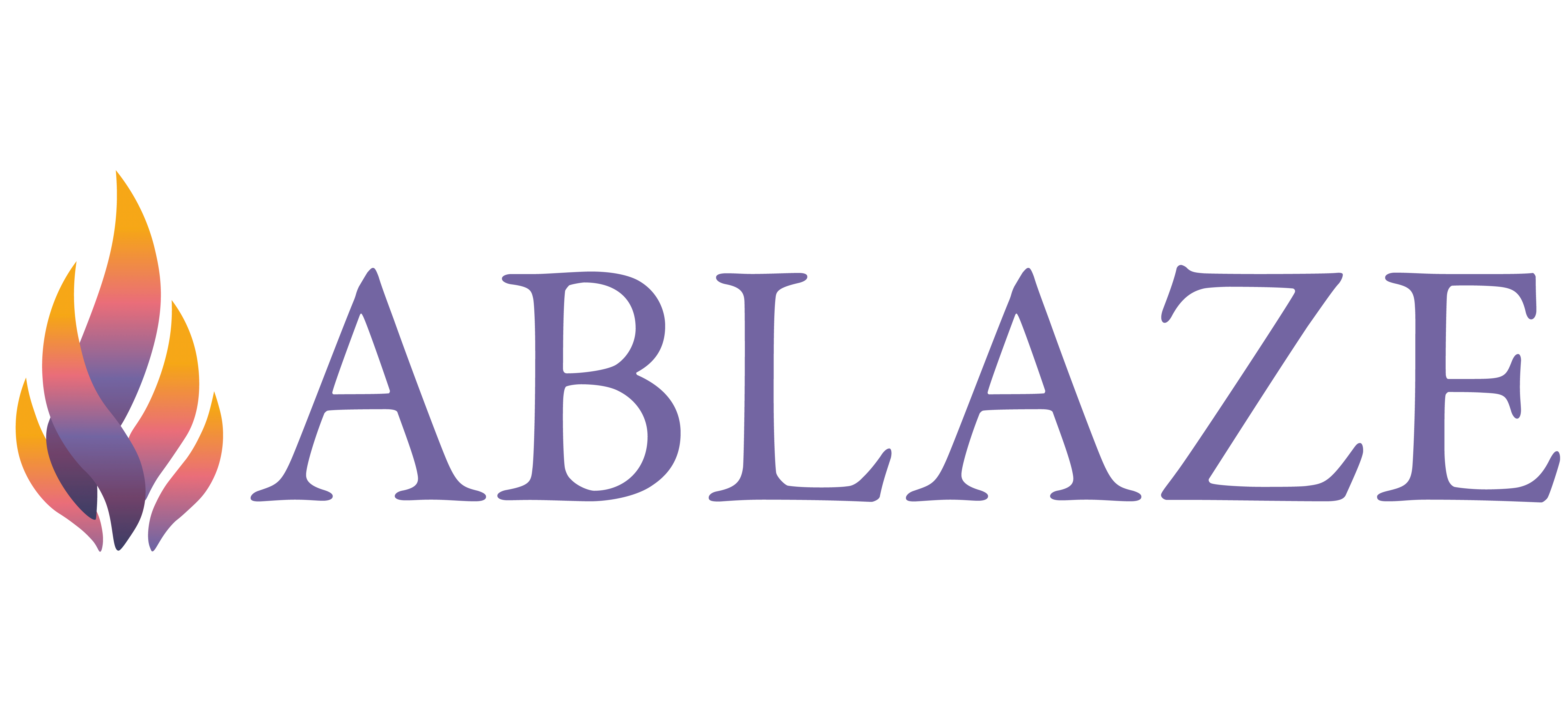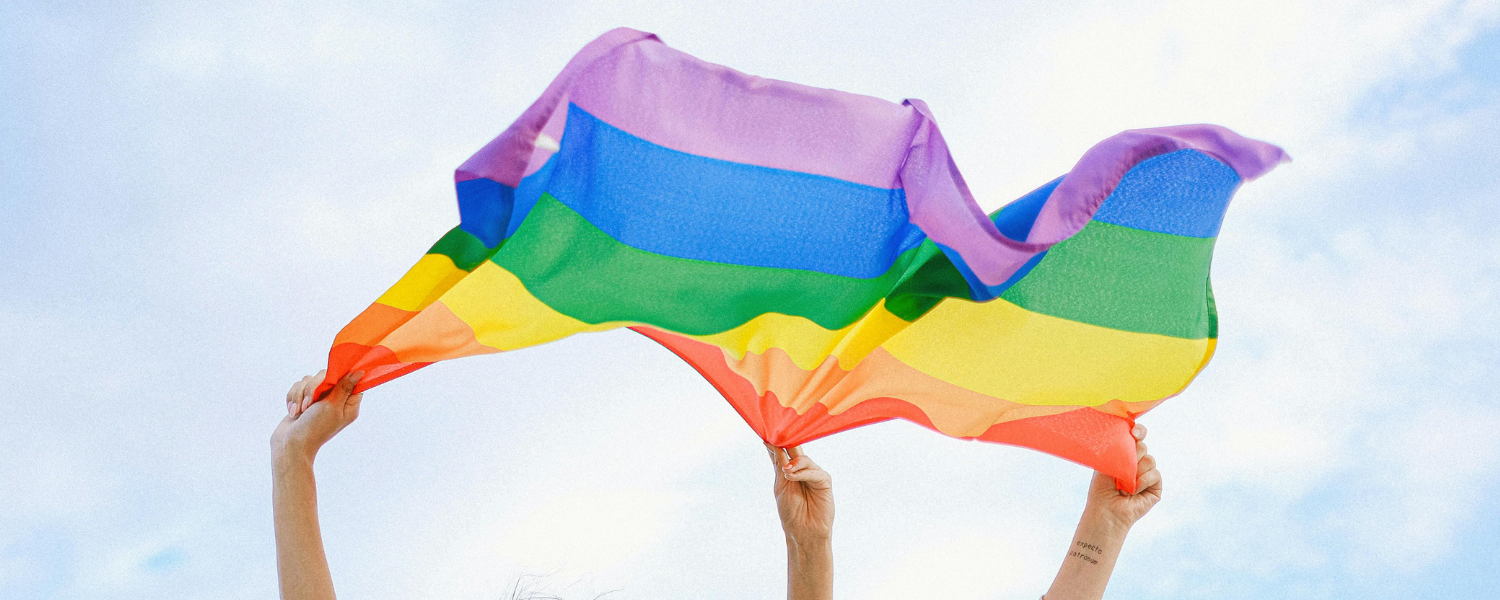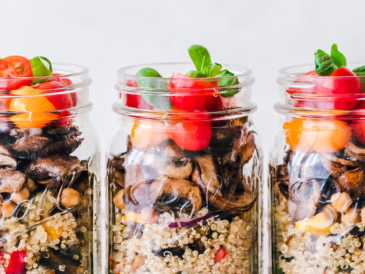Photo courtesy of Pexels
Oftentimes in WLW, lesbian women have a preference to not date bisexual women, but why is this?
With the case of romantic or intimate relationships, it’s a lofty claim to say someone “should” consider a relationship with another person, no matter the reasoning. Still, it’s critical to examine when negative stereotypes and attitudes can be the reason for barring a person off from one’s dating pool.
This brings us to an evergreen issue for women-loving-women relationships: some lesbian women prefer to not date bisexual women because of their sexuality.
At first, this might seem ironic because of the monogamous nature of most relationships; sexuality only deals with compatibility between any two given genders. Why would a lesbian woman care about a potential partner's capability to like men?
Distrust is the core issue. Like any other combination of a gender and a sexuality, bisexual women face negative stereotypes even in the queer community.
Promiscuity: This comes doubly from the male gaze fetishizing bisexual women as well as heteronormativity. Validating heterosexual relationships as superior to queer relationships is a mechanism that heteronormative society uses to justify itself. For women who are in monogamous “straight relationships,” this means that their relationship will be viewed the same way as most heterosexual relationships.
In turn, this makes bisexual women’s relationships with other women seem frivolous compared to the already normalized “straight relationships.” At its most pessimistic, this view can even lead to a suspicion that bisexual women are more likely to cheat. In reality, most, if not all of these are surface level views in the same way that you cannot always assume someone’s character based on their past relationships.
Insincerity: Bisexual women may also have their sexuality viewed as insincere and unreliable based on dating history. For a lesbian woman, it may feel isolating to be the first woman that her bisexual partner has dated after they’ve gone through a string of relationships with men.
Pellissippi student June Hollows speaks on this preference.
“That's not necessarily the best ideology. There's probably something to deconstruct there. But at the same time, that's not necessarily something that you have to force,” Hollows said
Biphobia: These negative biases and stereotypes are often a part of a larger concept called biphobia. Biphobia, which is negative attitudes and discrimination towards bisexuality and bisexual people, is similar to homophobia and transphobia, but often exists in a unique way of making bisexuality invisible or stereotyped.
Biphobia exists in both our heteronormative society and queer communities, but take different forms in each. In a heteronormative society, biphobia may come as plain discrimination towards bisexual people. Whereas in queer communities, biphobia exists largely as a method of excluding bisexual people from the LGBTQ community.
One key point of the stigma of bisexual and lesbian women dating is an alleged lack of shared experiences. Although both bisexual and lesbian women may both experience homophobia upon coming out, bisexual women will not be as visible in their queerness.
This concept is called being “straight-passing.” The prime example of being straight passing is that when a bisexual woman dates a man, she is frequently assumed to be straight. Whereas if a lesbian woman is in a relationship then her sexuality will always be visible.
That disparity in social status can lead to feelings of dissimilarity, resentment or even jealousy.
UT business major Katie Laney speaks on how biphobia is harmful.
“Because [biphobic lesbians] are still hurt by straight people or bicurious women. And because of bisexual people's proximity to straightness, they sort of lash out at them,” Laney said.
Naturally, these attitudes do not apply to all queer women in the same way that no two women will have the same experience with a bisexual partner.
Though we often focus on combating discrimination from outside the LGBTQ community, it’s equally as important to understand discourse within the queer community.





